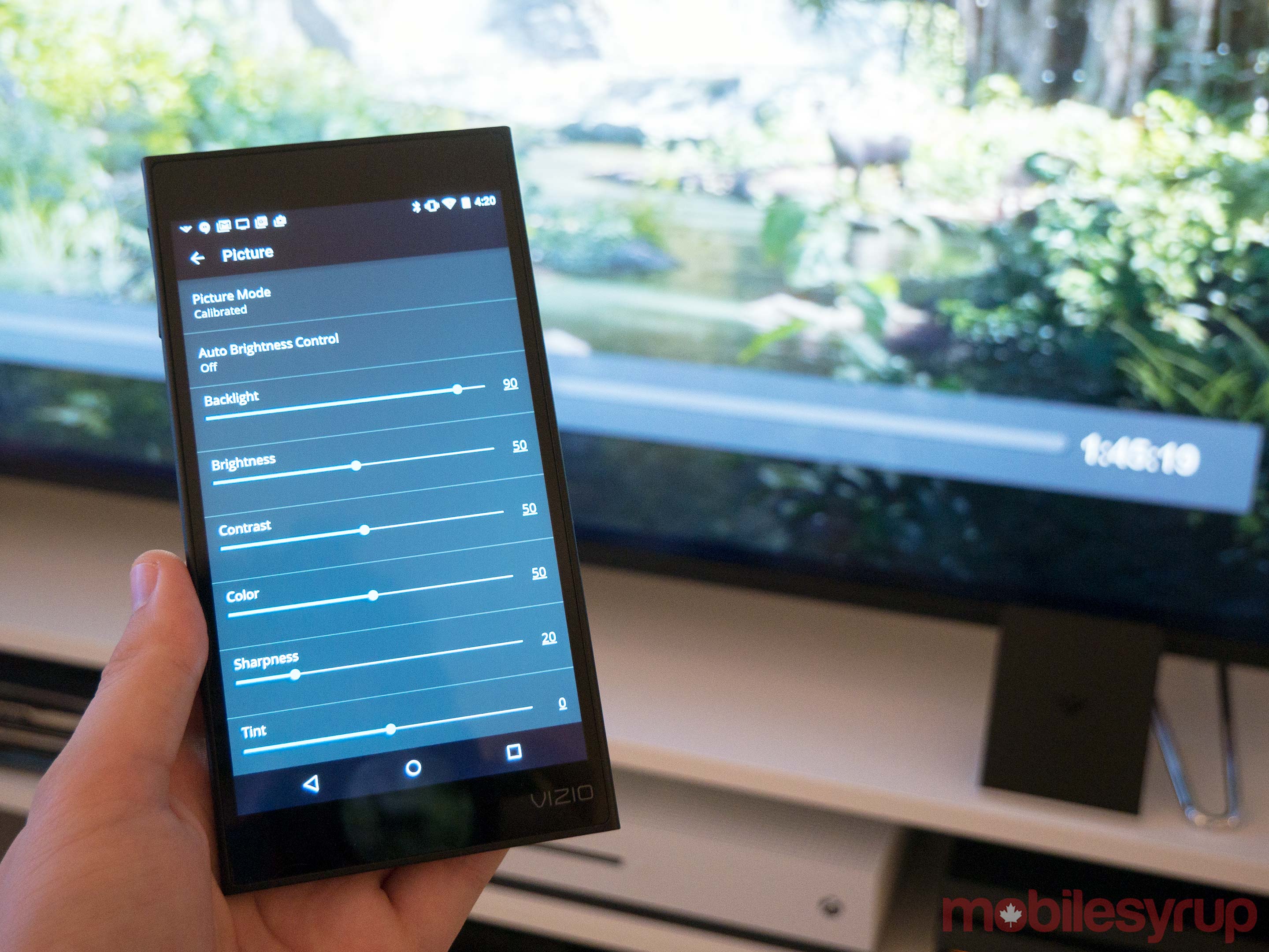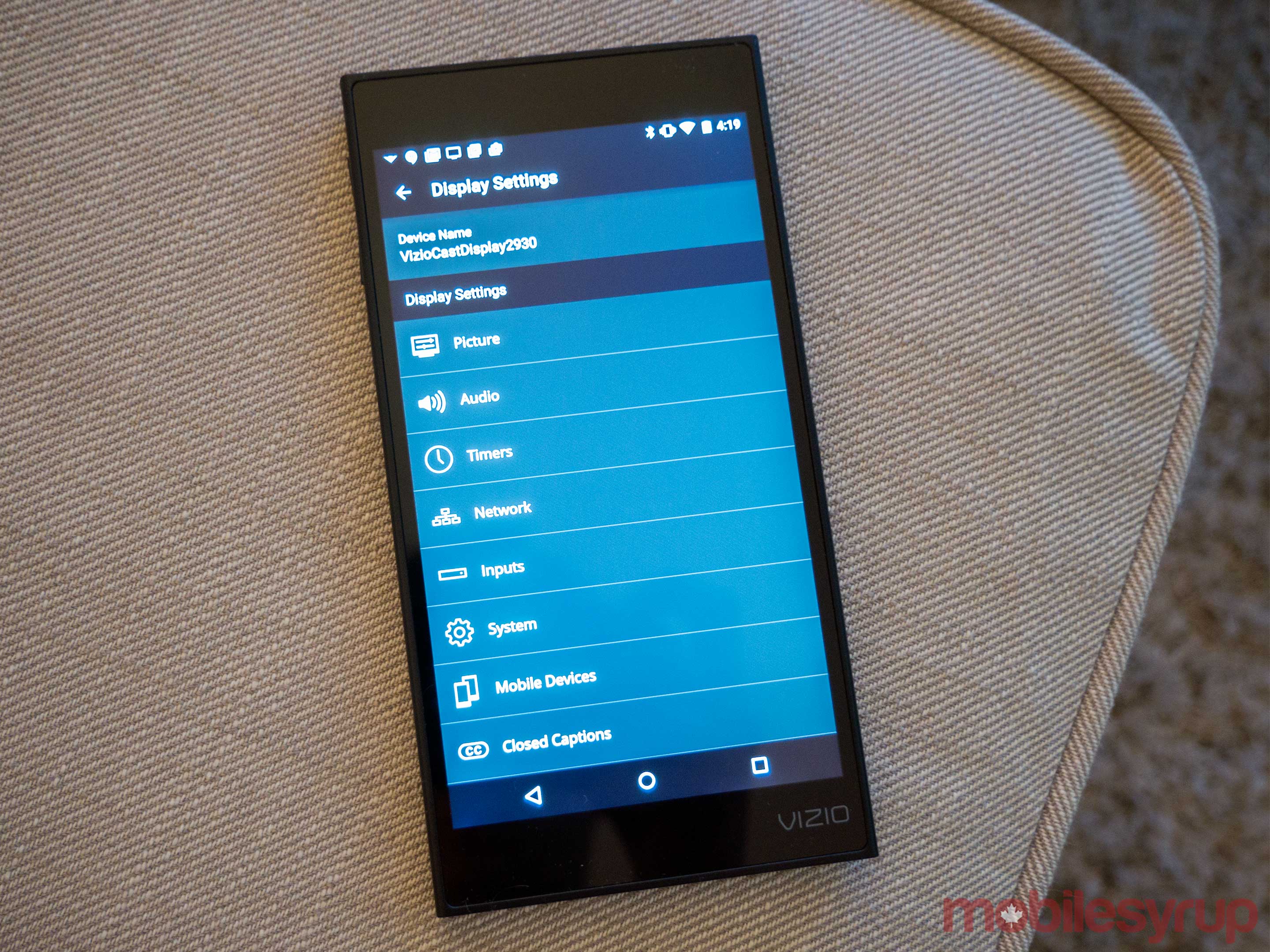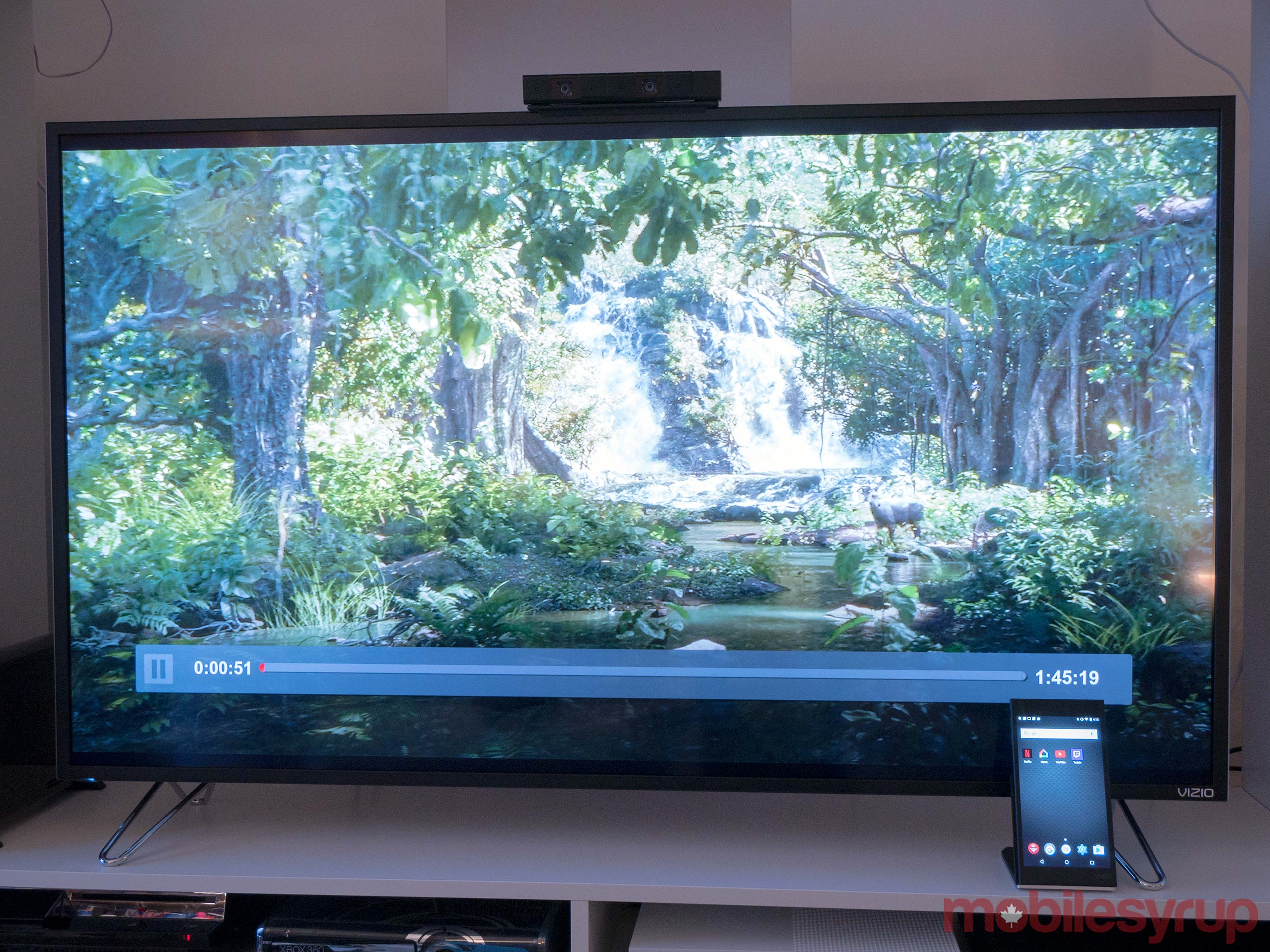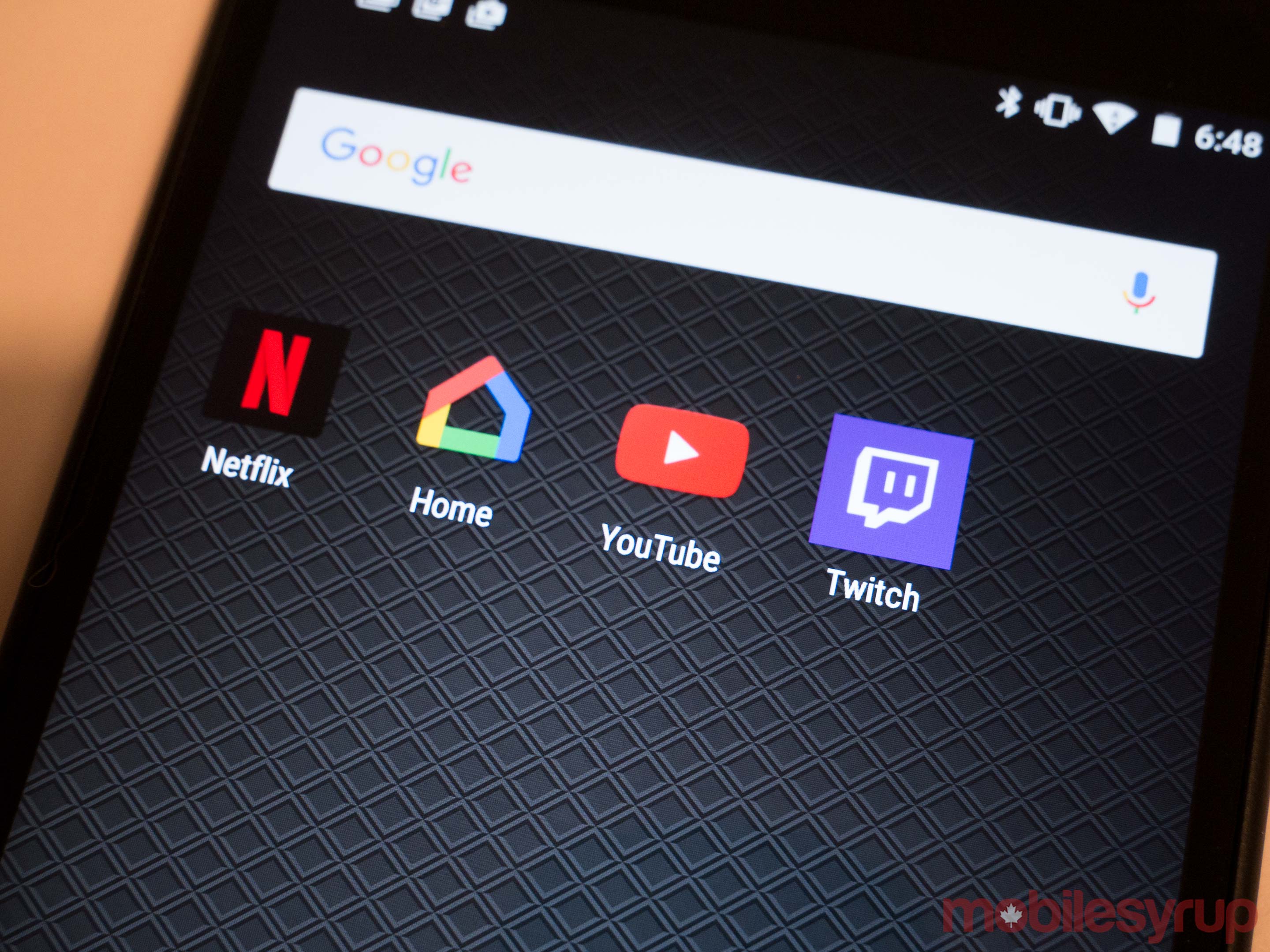
I’ve been making displays smart before smart televisions as we know them today even existed.
It started in the mid 2000s with a Windows Program called TVersity that creates a local media server, the Xbox 360 and a 19-inch 720p computer monitor, combining forces to give me the ability to download content from various sources, that could then be streamed directly to Microsoft’s video game console.
Over the years my streaming system has shifted significantly, moving between various games consoles and set-top boxes, including Android TV, Roku devices and now, the 4th generation Apple TV coupled with Plex and apps like Hulu, SlingTV and Netflix. The inherent concept of a smart television has never made sense with how I consume media because of the access I have to devices that have the ability to make any display “smart,” at least not until now.
Whether its LG’s WebOS or Samsung’s Tizen, two of the more promising smart TV operating systems, or any number of other more cumbersome television OSs, I’ve always felt that the concept of the smart television is inherently flawed.
Updates are often slow to roll out and in some cases, even recently released televisions don’t end up receiving the latest software (this happened to me with my LG TV and WebOS 2). There are just too many disparate platforms for app developers to support. This also occurs in the set-top box space, though the issue is far less prevalent.
“But Patrick, smart TVs have improved significantly over the past few years,” is something you’re probably saying to yourself right now. While this statement is correct with Samsung, LG and arguably even Sony, which is starting to take their televisions more seriously, there’s one manufacturer that’s approaching the concept of an internet connected television from a wildly different perspective.
The TV OS of the future
Vizio, a relatively small Irvine, California-based television manufacturer with approximately 450 employees that was recently acquired by Chinese giant LeEco for $2 billion USD, has vastly different vision for the future of the smart TV. Vizio’s line of televisions, including last year’s P-Series TVs as well as this year’s M-Series, both feature 4K resolution and HDR. High-dynamic range picture technology allows for deeper colour and is arguably this year’s focal point for television manufacturers, but this isn’t the draw of Vizio’s televisions.
Unlike most TVs, however, Vizio’s sets lack a traditional on-screen interface. There are basic settings that can be altered with the included traditional remote, but this functionality is limited, though this is by design.
Taking a different approach to the concept of a smart TV and even televisions in general, Vizio has partnered with Google to build its entire TV experience around Google’s Cast streaming protocol, the same technology that powers the tech giant’s series of popular HDMI Chromecast streaming sticks (another great option for turning a dumb television into a smart TV). On a very basic level, Vizio’s televisions essentially feature a built-in Chromecast.
This concept hinge’s on Vizio’s SmartCast app, which is available for Android and iOS. The television’s settings are altered from the app’s menu and any platform that supports Cast is able to send content directly to the television, effectively making the TV a large extension of your smartphone. This means that YouTube videos, Netflix, Chrome and a number of apps that support Google’s Android-based Cast infrastructure, can appear directly on Vizio’s televisions with just a few swipes of a touch screen.
In an era where many people prefer to watch content on their tablet, laptop or smartphone, as opposed to actually watching the much larger TV that’s often directly in front of them, Vizio’s approach to smart televisions is an interesting attempt at getting people to once again make the TV the primary source of viewing content.
There could, however, be a disconnect for some with this unique approach. Admittedly, I was frustrated during my first day with the 55-inch M-Series television that Vizio sent me to test out because an additional step is required — depending on how you look at it — to launch an app like Netflix.
Instead of using a standard TV controller and navigating to Netflix in an on-screen menu, with Vizio’s TV, you need to pick up the included tablet, and locate the app you want to launch. Removing the bloatware preinstalled on the TV’s tablet controller and placing each app I frequently use on the main launch screen, helped solve this issue.
It was really a matter of training myself to use the remote, or whatever mobile device I was using at the time to control the tv.
The most noteworthy part of utilizing Cast as the core of its television operating system, is that the onus doesn’t fall on Vizio to constantly update its OS. Instead, this task falls on app developers, removing the need for constant television operating system updates and opening up the potential to be compatible with a much wider variety of apps. With so many streaming apps already supporting Google’s Cast platform, apps like Netflix no longer need to create a specific application designed to run on the operating system.
Reinventing the aging TV remote
Beyond Vizio’s emphasis on Cast, the other striking shift regarding the company’s approach to TVs is how it has altered the fundamental concept of a television controller.
WebOS’ WiiMote-like cursor system has remained confusing, Apple TV’s Siri Remote is an inaccurate mess, and adding a QWERTY keyboard to a television remote makes typing easier, but completing every other task becomes a little more complicated.
Vizio, on the other hand, has opted to utilize an iOS or Android device, which most people already own, as the main way to control its televisions. This gives the television manufacturer the ability to change up the mobile display as it sees fit and also leaves it up to the user in terms of what device they want to use to control the TV.
With the M-Series, Vizio has opted to include a standard Android phablet sized device, which I found works perfectly fine, though I prefer to use either my iPhone 7 Plus or Google’s Pixel, my two daily driver smartphones. The ‘Vizio Tablet Remote’ is a six-inch tablet that runs the stock version of Android Lollipop, features an eight-core Snapdragon processor, dual speakers, 1080p display and a useful charging cradle.
Quality at a low price
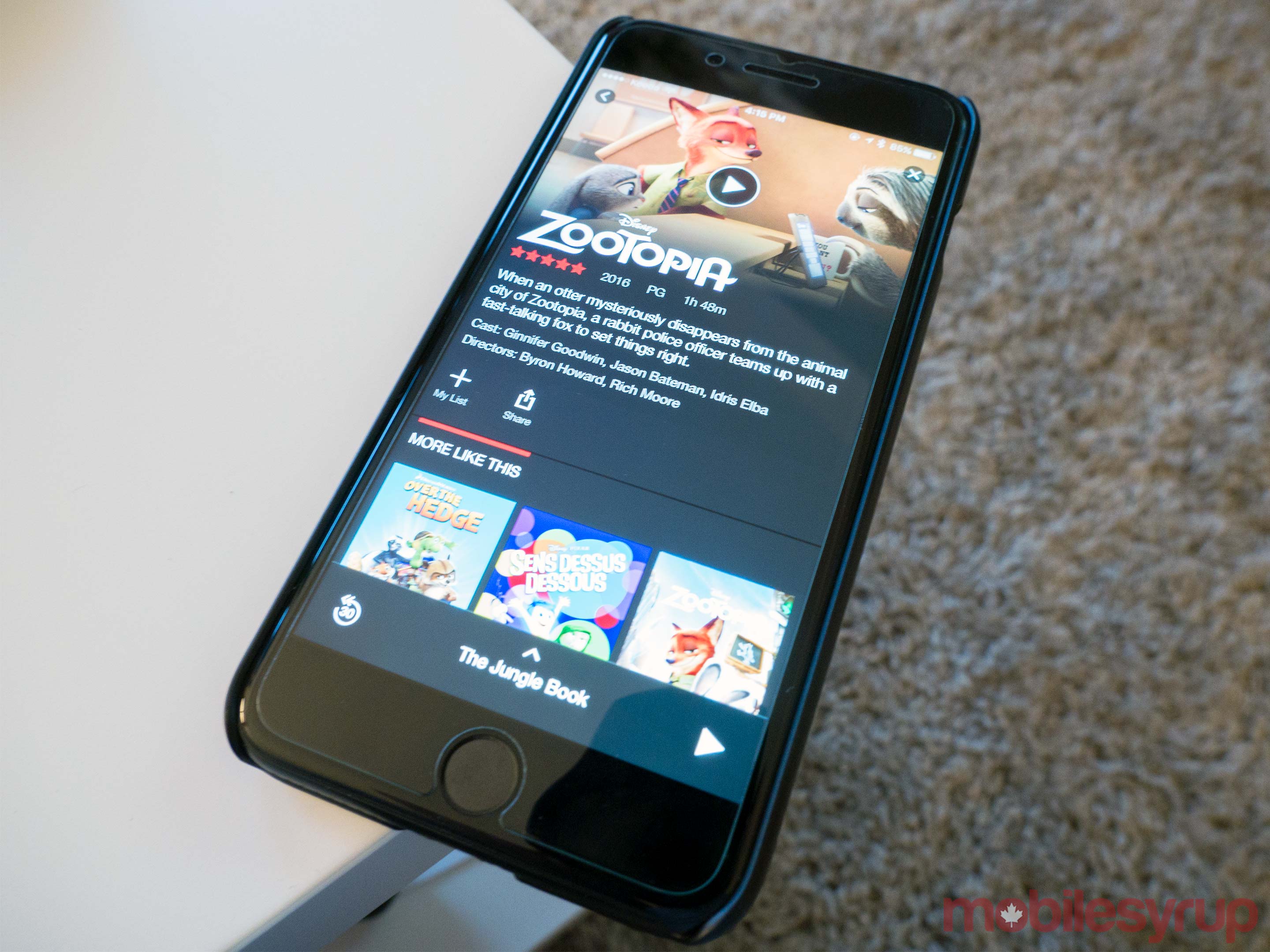 While I’m far from a television expert, the picture quality of the 55-inch M-series 4K television with HDR seems in-line with what I’ve viewed from higher-end manufacturers like Sony and Samsung. I’m also not alone in this conclusion, with various reviews of Vizio’s P-Series and M-Series also praising the television line’s price-to-quality ratio.
While I’m far from a television expert, the picture quality of the 55-inch M-series 4K television with HDR seems in-line with what I’ve viewed from higher-end manufacturers like Sony and Samsung. I’m also not alone in this conclusion, with various reviews of Vizio’s P-Series and M-Series also praising the television line’s price-to-quality ratio.
The build quality of the actual television, however, is less than stellar. It’s constructed of what feels like flimsy plastic and is also somewhat thick when compared to its competitors.
Vizio’s M-Series and P-Series televisions start at $1,499 CAD for the 50-inch P-Series and go all the way up to $5,999 for the 80-inch M-Series. While Vizio’s larger televisions are pricey, the manufacturers smaller TVs, typically in the 50 to 60-inch range, are significantly more affordable when compared to competitors. Vizio’s televisions are manufactured in China by company’s like AmTran and Hon Hai.
It’s unclear if Vizio’s vision for the future of televisions is truly where the TV industry should be headed. The company’s vision for the next generation of television technology is, however, the first time I’ve felt a television has evolved to fit in with how modern viewers consume media.
MobileSyrup may earn a commission from purchases made via our links, which helps fund the journalism we provide free on our website. These links do not influence our editorial content. Support us here.

